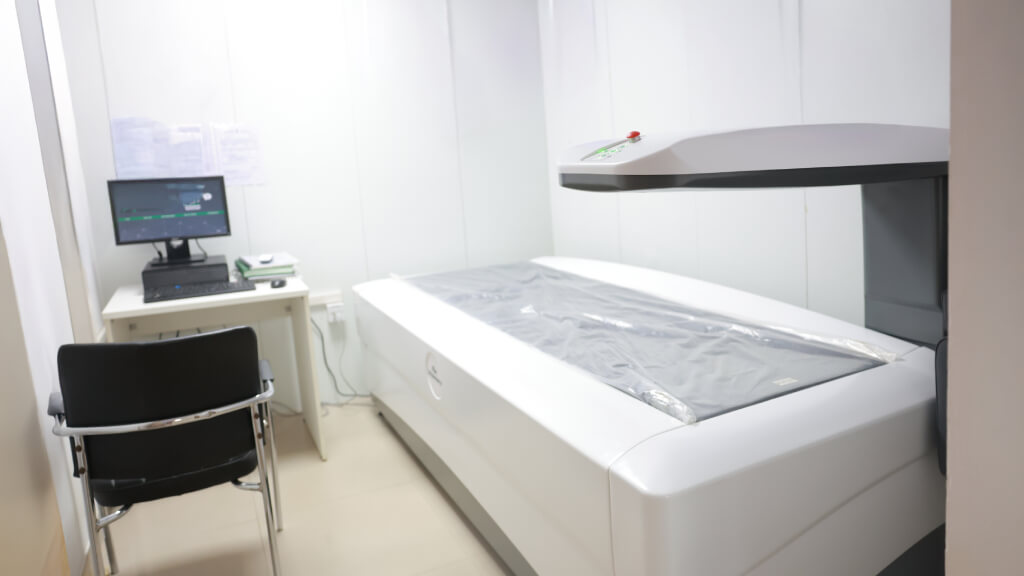Most people know exercise strengthens muscles—but did you know it strengthens bones too? Every time you walk, climb stairs, or lift weights, you’re telling your bones: “Stay strong, I need you.” That’s why doctors and physiotherapists often prescribe exercise alongside calcium, vitamin D, and medications for bone health.
Why Bones Respond to Movement
Bones are living tissue. When you put stress on them through movement, tiny sensors in the bone trigger new bone formation. This process helps maintain bone mineral density, lowering your risk of osteoporosis and fractures.
Best Exercises for Strong Bones
Weight-Bearing Activities
- Brisk walking
- Stair climbing
- Dancing
These put healthy stress on the bones, stimulating growth.
Strength Training
- Lifting light weights
- Resistance bands
- Bodyweight exercises (squats, lunges, push-ups)
Muscles and bones work together—stronger muscles mean stronger bones.
Balance & Postural Training
- Yoga
- Tai chi
- Physiotherapy-guided postural retraining
These don’t directly increase bone density, but they prevent falls, which is just as important for fracture prevention.
Supportive Activities
Swimming and cycling aren’t weight-bearing, but they improve overall fitness and muscle strength, complementing bone-focused exercise.
The Limits of Exercise Alone
While exercise is powerful, it’s not a complete solution. Hormonal changes, chronic illnesses, long-term medications, and genetics also affect bone strength. That’s why monitoring bone density with a DEXA scan is essential to know if your exercise plan is truly protecting your bones.
Why It’s Like a Prescription
Doctors often say: “Exercise is medicine.” For bones, that’s especially true. The right mix of movement, nutrition, and monitoring creates a long-term strategy for independence, mobility, and confidence.


